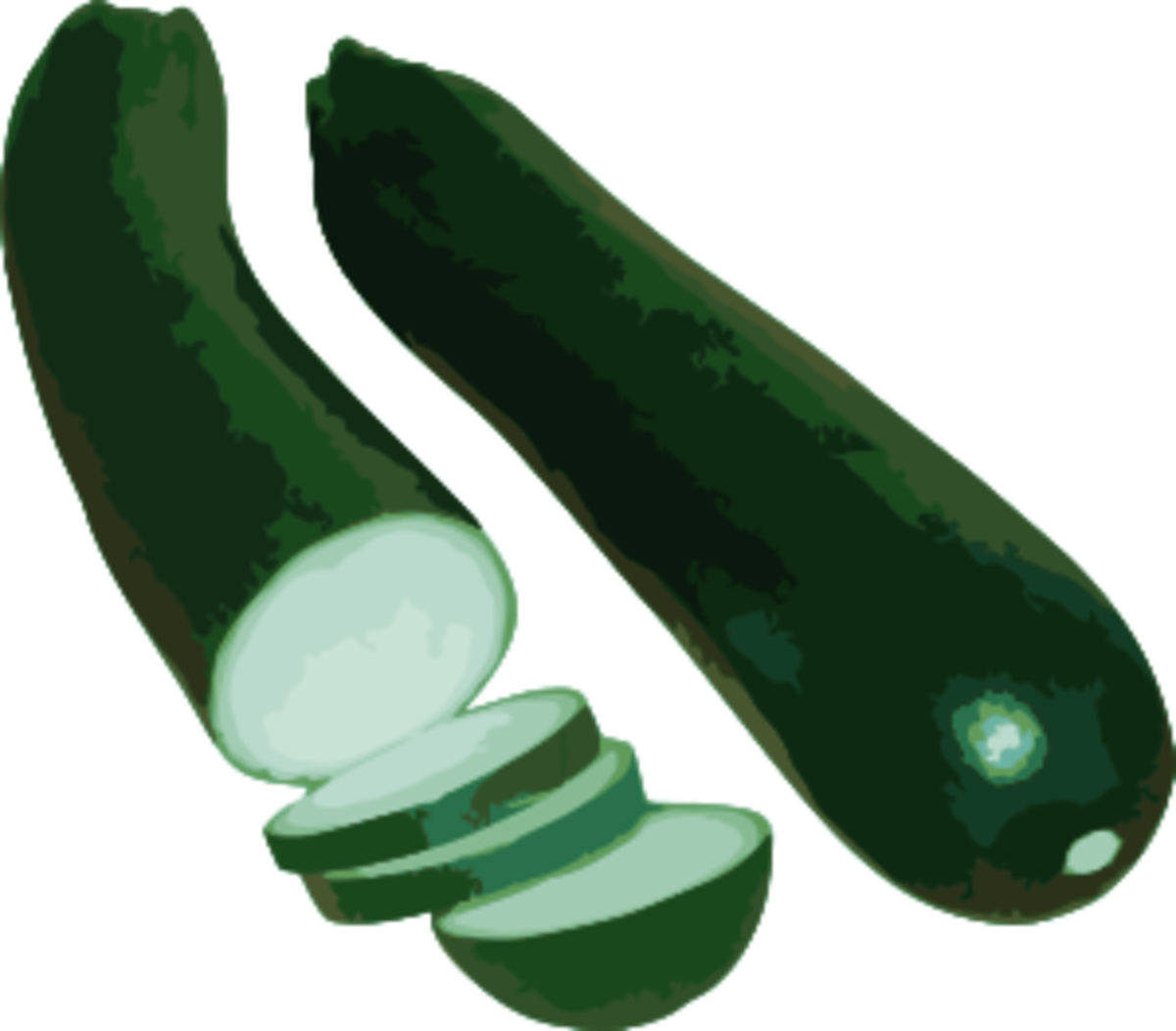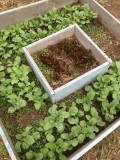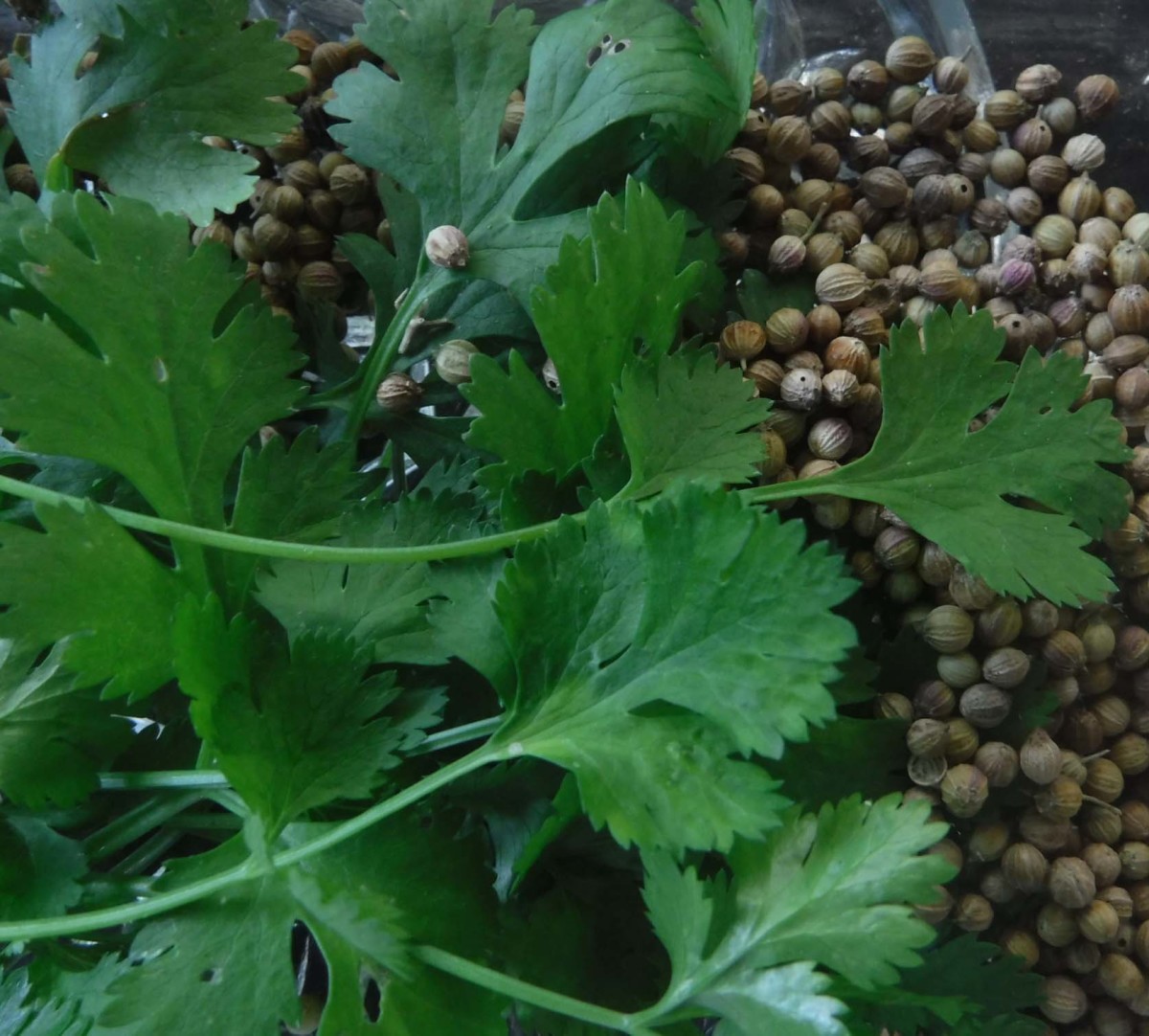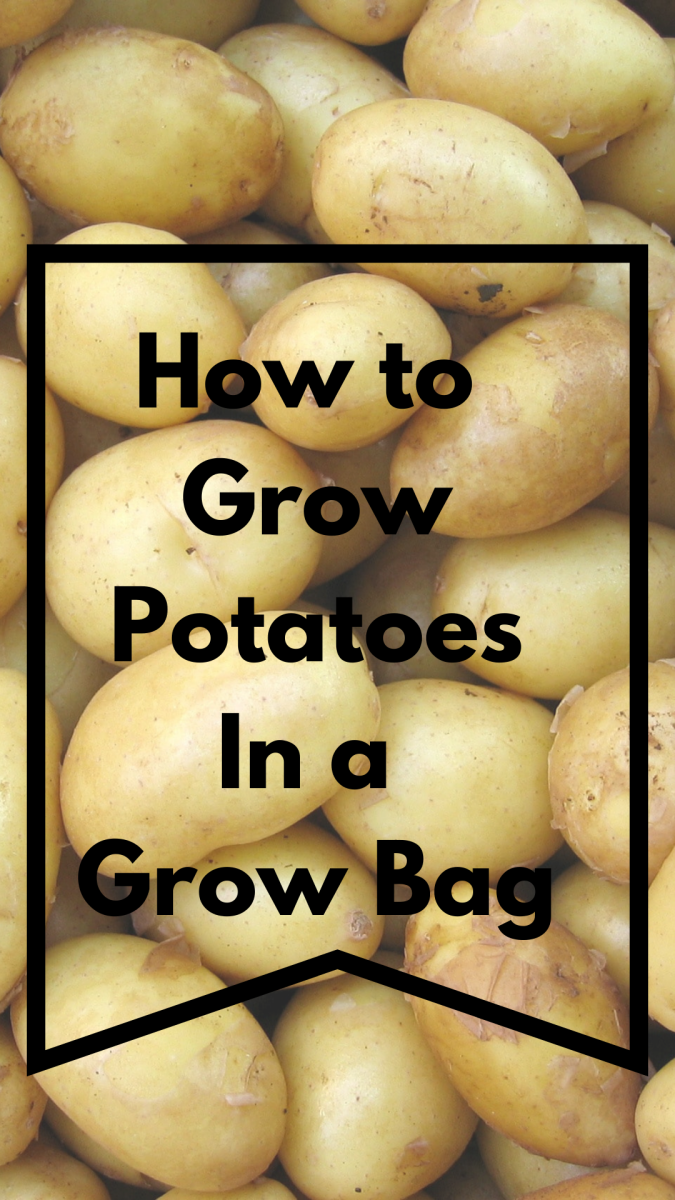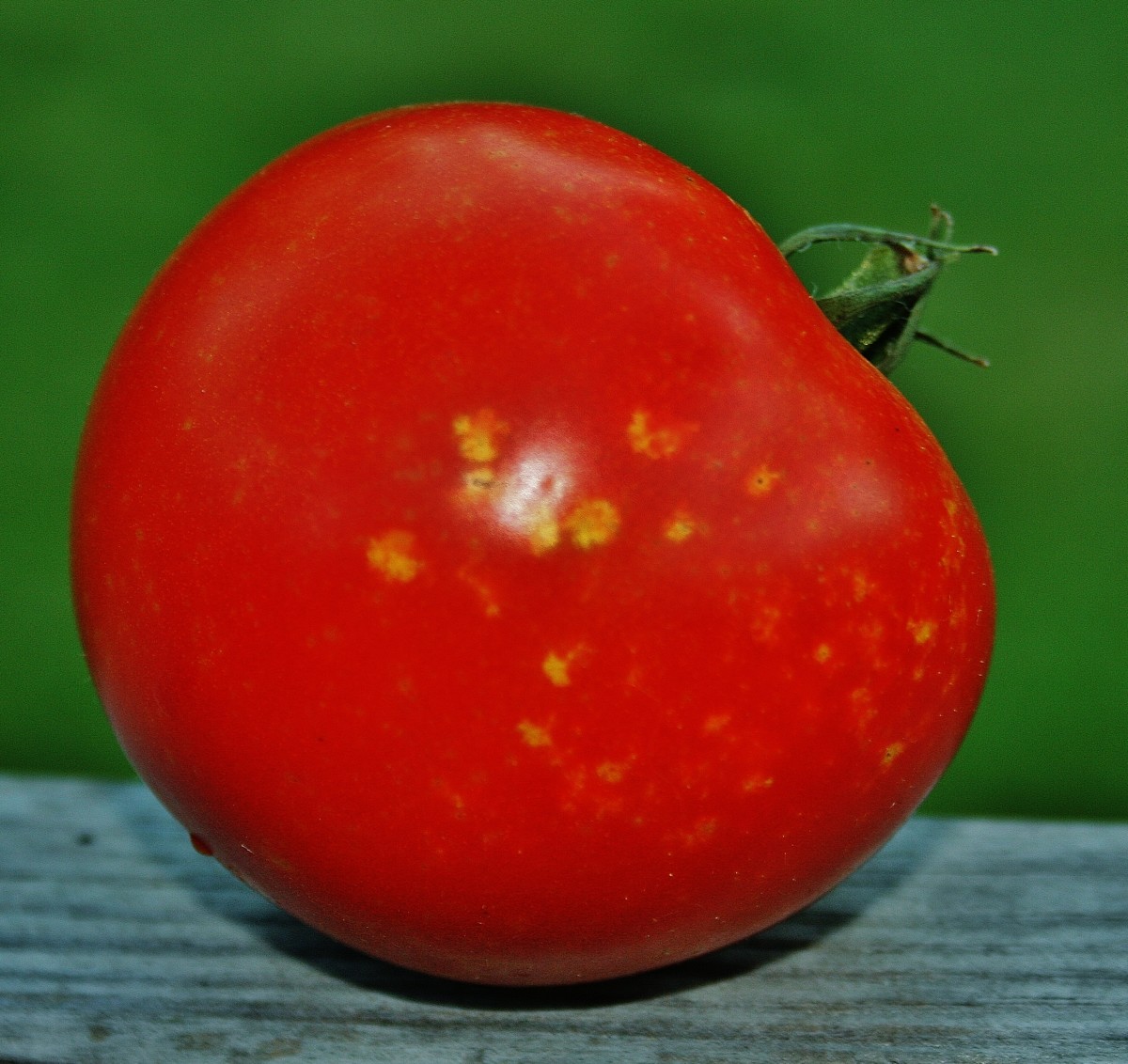Heirloom Seeds and Livestock
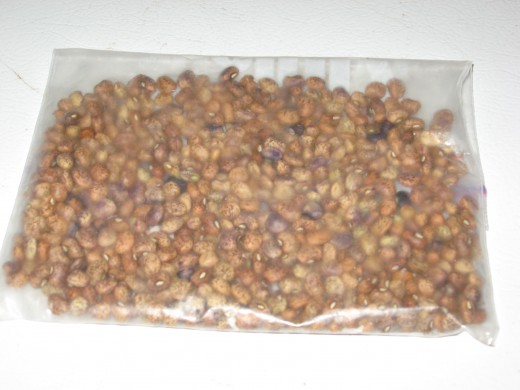
Garden Seeds, Livestock, and Survival
If you’re old enough, you might remember how wonderful a tomato from your grandparents’ garden tasted, or how sweet Grandpa’s corn-on-the-cob was. You certainly can’t match those flavors with foods you usually find in today’s supermarkets. Why is that? Actually, there are several reasons. One is that your grandparents most likely grew those sweet, acidic, juicy tomatoes from heirloom tomato seeds. The sweet corn was probably grown from heirloom seeds, too. Unfortunately, many old-timey garden seeds had practically become extinct just a few years ago, but now there’s a concerted effort to bring back these seeds – not just for superior taste, but for our very survival. People are concerned with the diminished number of plant and livestock breeds being produced today, and some seed companies are taking notice and providing heirloom plants and heirloom vegetable seeds to their customers. And when it comes to livestock, the American Livestock Breeds Conservancy is addressing that issue.
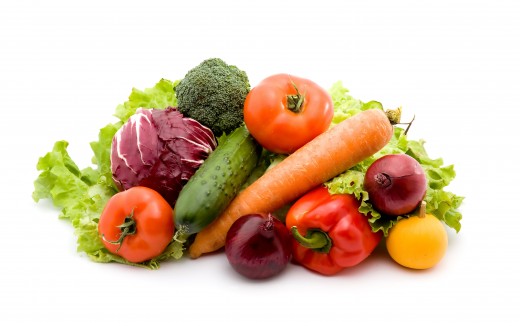
Heirloom Seeds
What are heirloom seeds? Actually, there’s quite a debate about the term. Generally speaking, heirloom seeds are from old cultivars that were grown before industrialized farming. Many of these seeds were passed down from generation to generation, based on flavor and how well the plants performed in local areas. The seeds were often saved from one year to the next.
In the early 1950s, hybrid varieties began to be used on large commercial farms. These farmers weren’t (and still aren’t) very concerned with flavor. They were more concerned with uniformity, increased yields, and how well the fruits and vegetables held up under the rigorous demands of shipping. In some cases, hybrids were used because of their increases resistance to drought, insects, or diseases. While Grandpa might have grown several varieties of tomatoes in his garden, for example, large produce farms might grow acres of one specific variety.
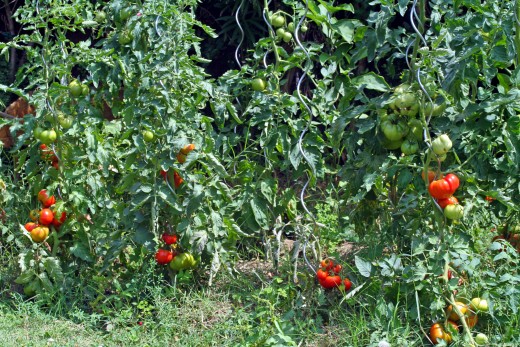
Heirloom Tomatoes
By far, the most popular vegetable heirlooms are heirloom tomatoes. If you’ve never tasted heirloom tomatoes fresh from the garden, you don’t know what you’re missing! They taste nothing like the bland tomatoes you find in most supermarkets. The supermarket varieties might look pretty on the outside, but they’ll never match the flavor of heirloom varieties.
There are literally hundreds of different types of heirloom tomatoes. Some of the most popular varieties of heirloom tomatoes in the United States are Brandywine, Brown Berry, Abraham Lincoln, Eva Purple Ball, Aunt Ruby’s Green, Red Pear, Yellow Pear, Black Krim, Aunt Ginny’s, Guido, Red Robin, Amish Paste, Black Plum, Boxcar Willie, Egg Yolk, and Early Anna.
Thankfully, you can find heirloom tomato seeds in many places now. Check the catalogues from seed companies, surf the web, or visit your local garden stores. You might also be interested in investigating seed exchanges, where members trade heirloom seeds. One such organization is Seed Savers Exchange. Also, if you buy heirloom plants, you can save your own seeds from the vegetables you grow.
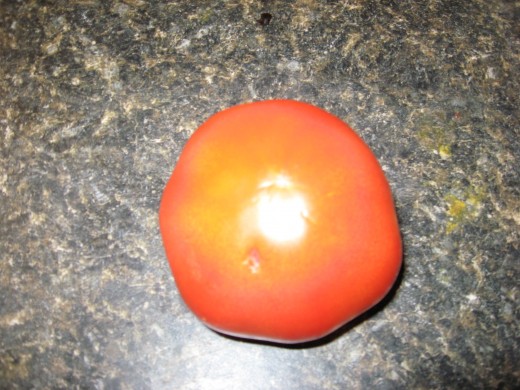
How to Save Seeds
If you have produce grown from heirloom seeds or heirloom plants, you might like learning how to save seeds. Basically, there two types of seeds – wet seeds and dry seeds. Dry seeds are easier to collect, as is the case with okra. If you’ve grown okra in your garden, you know that if allowed, the pods will dry on the stalks. To get the seeds, all you have to do is bread open the pods and retrieve the seeds. Large seeds are easy to pick out, but for smaller seeds, you might need a screen in order to separate them from the chaff.
Wet seeds are those that are often encased in moist pulp. Before harvesting the seeds, you need to let the fruits stay on the plants until they’ve reached the mature stage. Slice the veggies in half and use a spoon to remove the seeds. Place the harvested seeds, along with any clinging strands or pulp, into a bowl of water. Let the seeds and pulp soak for about five minutes, then remove the seeds with your hands. Discard any seeds that float. Drain the seeds on several layers of paper towels, but remove them before they dry completely. Next, place the seeds on paper plates or on a wire screen, in a single layer, and store in a cool, dry spot for several days.
Some people add the extra step of fermentation for saving wet seeds, including heirloom tomato seeds. The process can inhibit diseases and increase the germination rate. Scoop the seeds and pulp into a small bowl or cup and cover with several inches of water. Place the seeds in a cool, dry place. When a white “scum” forms on the water, the fermentation process is complete. This might take several days. Toss out the water, the pulp, and any floating seeds. Place the good seeds in a strainer and rinse them under the tap. At this point, follow the drying steps from above.
Once your seeds are dry and ready to store, place them in envelopes and label them. Place all the envelopes in a zippered plastic food bag and store the seeds in the freezer or refrigerator.
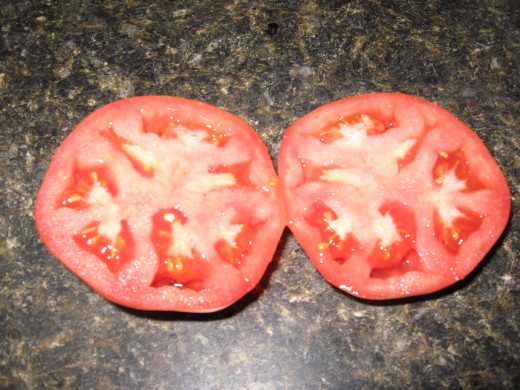
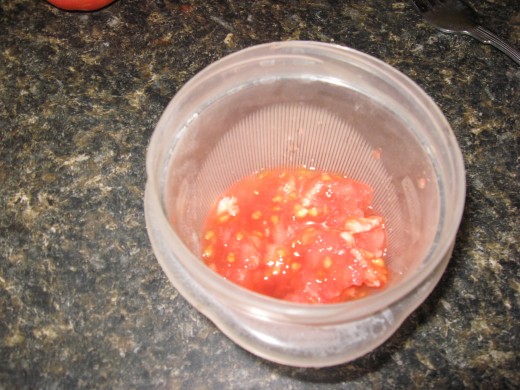
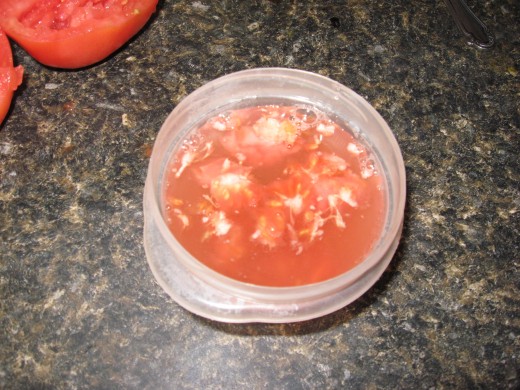
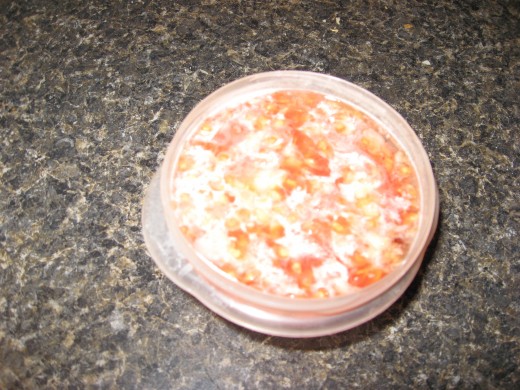
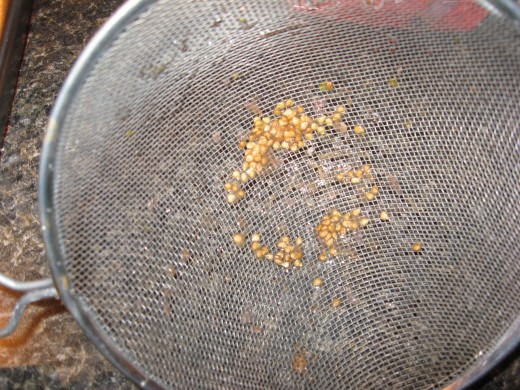
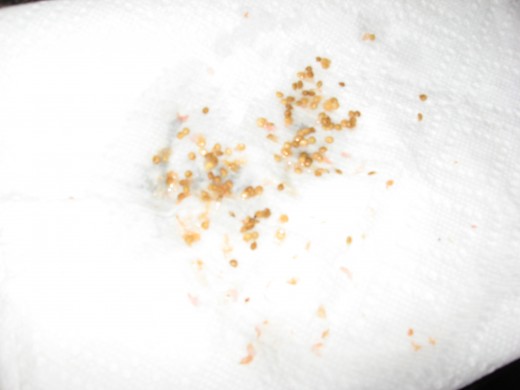
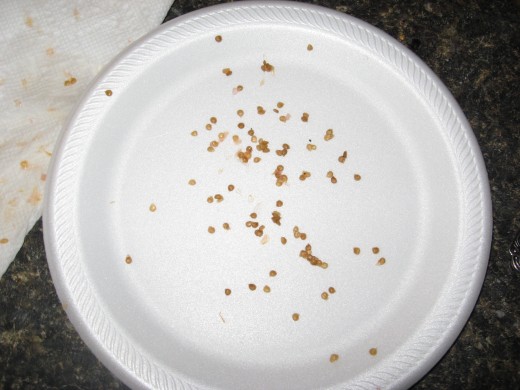
How to save seeds:
How to ferment tomato seeds:
Seed Savers Exchange
Seed Savers Exchange is an organization that’s involved in saving heirloom seeds and heirloom plants. Located in Iowa, the non-profit group is the largest seed banks in the country that isn’t run by the U.S. government. The founder, Diane Ott Whealy, wanted to provide a location where gardeners could trade seeds with other members and store their own seeds safely. Heirloom seeds are stored in the farm’s freezers, coolers, and cellars. All sorts of heirloom seeds are grown and stored at the facility, including seeds from fruits, vegetables, herbs, potatoes, and flowers.
Seed Savers also provides information about heirloom plants, like their needed growing conditions and their unique histories. Every year, the organization publishes a Seed Savers Exchange Yearbook, where all the heirloom seeds are listed. The Seed Savers website offers merchandise for sale, including gardening books, cookbooks, seeds, shirts, postcards, calendars, and tin signs.

Survival Seeds
What do heirloom seeds have to do with human survival? Lots. As a result of industrialized farming and using just a handful of cultivars and hybrids, we have very little genetic diversity among fruits and vegetables now. If some new strain of bacteria, fungus, or virus attacked major food crops, it could be devastating to the world’s population. Take, for example, the Irish Potato Famine. The potato was first domesticated in Peru and Bolivia, where it was discovered by Spanish explorers, who brought the spuds to Europe. The South Americans grew more than a thousand potato varieties, and in fact, they still do. The Irish, however, pretty much settled on a single variety, the Lumper. When a fungus attacked the potato crop in Ireland, almost all the tubers were lost. As a result, nearly one quarter of the nation’s population died or moved to other countries. Thankfully, some governments and farsighted individuals have set up seed banks to help divert such a catastrophe.
Heirloom seeds are sometimes referred to as survival seeds. The seeds from heirloom vegetables can be saved and planted again the next season. The plants grown from these seeds will look like their parents, taste like their parents, and perform like their parents. With hybrid plants, this is rarely the case. In fact, some seeds from hybrids are sterile, which makes them useless as survival seeds. If plants do grow from the seeds, the resulting fruits and veggies might not resemble the parents at all. It’s like a genetic crap shoot.
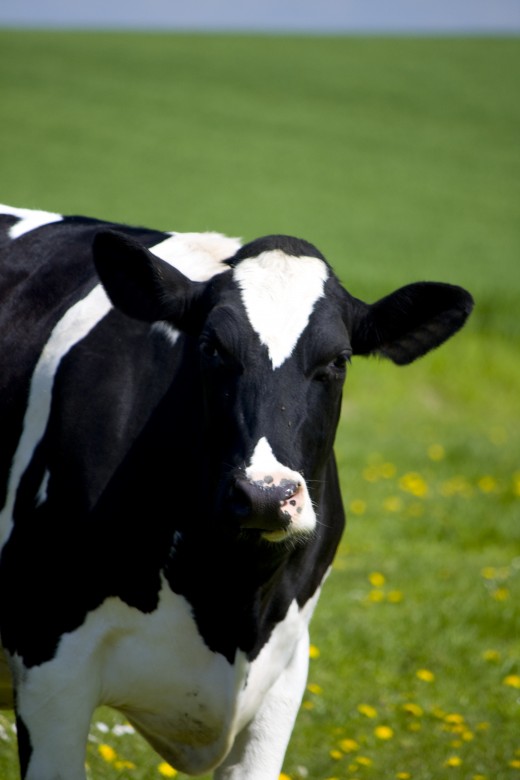
Livestock
What has happened to garden seeds and plants has also happened to livestock. The number of livestock breeds has been greatly diminished, thanks to modern farming methods. Most of our meat, milk, and eggs now come from just a few breeds of cattle, pigs, sheep, and chickens. The handful of breeds still used commercially was chosen because of high birth rates, increased growth rates, or other factors. Sometimes, however, such breeds might actually be weaker in certain aspects. For example, a live stock breed might be much better prepared to survive in extreme cold or extreme heat. It might thrive on sparse forage or little water. But if the breed doesn’t reproduce quickly enough or grow fast enough, it will be overlooked by commercial farmers and feedlots. According to National Geographic, there were once over 8,000 live stock breeds. More than 1,500 of these breeds have become endangered or have disappeared altogether. Of the remaining number, only a small minority are raised on a commercial level.
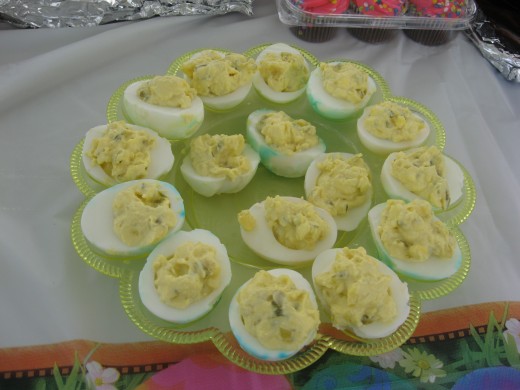
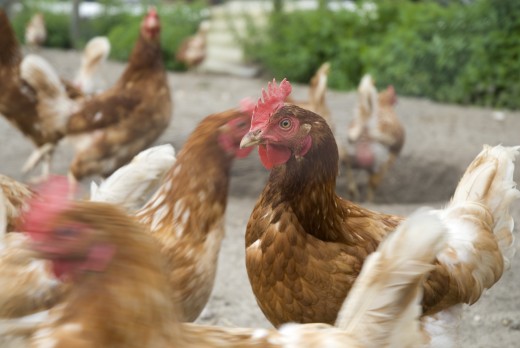
Poultry Breeds – Heirloom Chickens
There are more than 100 breeds of chickens today, but there used to be more. Also, about 30% of the poultry breeds in existence are now in danger of disappearing forever. Producers want layers that can lay a high number of eggs, along with meat birds that grow rapidly. For example, of all the poultry breeds available, the white leghorn and leghorn crosses are responsible for most of the large white eggs commercially produced in the United States, and Rhode Island Reds produce most of the brown eggs. The most popular breeds of chickens grown for their meat are the White Rock, the Cornish, and the Cornish Cross.
One problem here is that there’s little genetic diversity. According to DNA studies conducted by UC Davis, commercial chicken flocks were missing significant gene variations when compared to non-commercial flocks. This could be a real problem. In the face of new diseases or new strains of older diseases, commercial flocks could be all but wiped out in one fell swoop.
Yesteryear’s breeds of chickens were often dual-purpose birds. In other words, the hens were used for egg production, and older hens and cocks were used for meat. Most of these poultry breeds grew slowly when compared to modern commercial breeds, and they probably laid fewer eggs. They were, however, more hardy and could survive outdoors, often supplementing their diet by foraging on wild plants and seeds and insects.
Raising chickens is once again becoming popular for many “backyard farmers,” and heirloom chickens are often part of these small scale operations. Heirloom chickens, old poultry breeds, often include breeds of chickens that are threatened, critically threatened, or at risk of becoming threatened. According to the American Livestock Breeds Conservancy, these include Andalusian, Holland, Buckeye, Redcap, Sumatra, Spanish, Delaware, Buttercup, Dorking, Minorca, Old English Game, Russian Orloff, Cornish, Brahma, Chantecler, Cochin, New Hampshire, Jersey Giant, Dominique, and more.
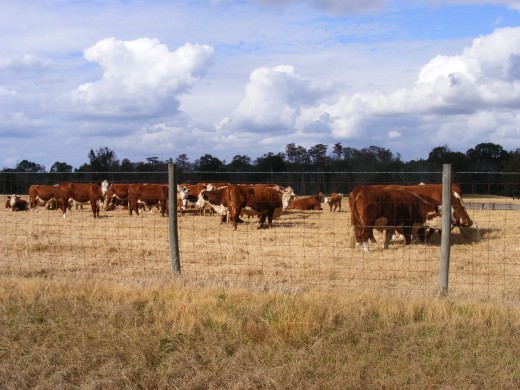
Rare Cattle Breeds
Thanks to high-tech farming, we now have numerous rare cattle breeds that were once fairly common on family farms. This holds true for both dairy cattle and beef cattle. In the U.S., just six breeds are responsible for commercial dairies – the Holstein, the Milking Shorthorn, the Ayrshire, the Brown Swiss, the Guernsey, and the Jersey. Of these six breeds, the Holstein dominates milk production – 83% of our milk comes from this breed. Even one of these six major breeds, the Guernsey, might soon be threatened, as their numbers are dwindling. I find this especially sad. As a boy, my father and his family had a small dairy, and they used mostly Guernseys. Dad used to tell me how thick and sweet their cream was, and how it made rich golden butter.
With beef cattle, over half of the herds in the U.S. are either Herefords, Angus, or Simmental. Once again, the genetic diversity simply isn’t there, and with practices like line breeding, there’s even less diversity in the gene pool. Milk and beef producers are more concerned with rapid weight gain and increased milk production.
Some breeds that could often be found on family farms or tied in small barns are now considered threatened or rare cattle breeds. These breeds from around the globe include Dutch Belted, Dexter, Galloway, Milking Devon, Vaynol, Randall Lineback, Chillingham Wild, Kerry, Pineywoods, Whitebred Shorthorn, Zebu, Braunvieh, Florida Cracker, Highland, Red Poll, Canadienne, and Ancient White Park.
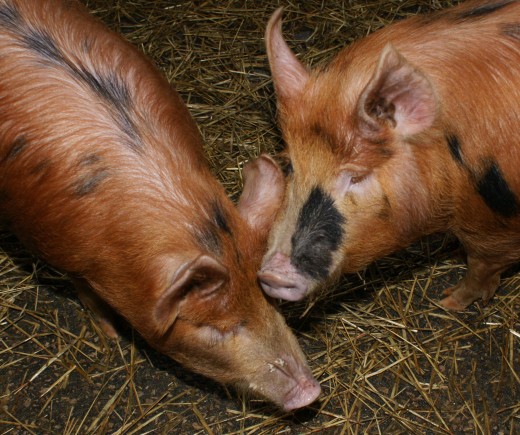
Heritage Pig Breeds
Pig breeds have suffered the same fate as many cattle and poultry breeds. Did you know that almost all of the pork produced in the United States comes from just eight breeds? These include the Duroc, the Chester White, the American Landrace, the Poland China, the Spot, the Hampshire, and the Yorkshire. It’s even more surprising to learn that of these eight breeds, just three are responsible for three-fourths of our pork – the Yorkshire, the Duroc, and the Hampshire. These pig breeds are often crossed for commercial purposes.
The reasons for commercial pork producers to limit themselves to these primary breeds are much the same as the reasons explained in the chicken and beef industry. With pork, there might well be another reason, too – consistency of the meat.
Decades ago, when rural folks were keeping a few hogs, numerous Heritage pig breeds of were used. You might think that a pig is a pig, but some Heritage pig breeds had their own characteristics and special purposes. For example, the Tamworth was famous for its bacon, while the Large Black was famous for its hams. The Mulefoot pig was known for its delicious, distinctive flavor. Also, since lard used to be an important food, some pigs were raised mostly for their fat, while others were raised mostly for meat.
In addition to the pig breeds already mentioned, rare, threatened, and Heritage pig breeds include the Red Wattle, the Gloucester Old Spot, the Ossabaw Island pig, the Guinea hog, the Berkshire, the Hereford, and the Choctaw. These breeds have caught the attention of some small breeders and pig fanciers, so hopefully, they’ll be available to put new vigor into large commercial herds should the need arise.
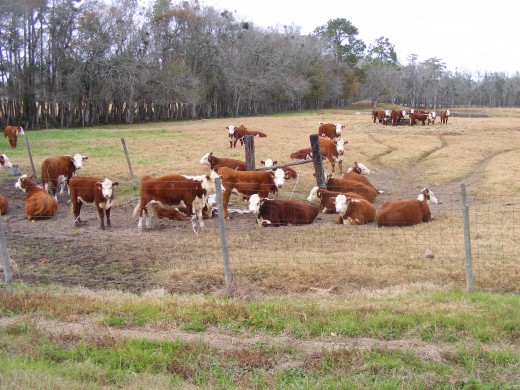
American Livestock Breeds Conservancy
The American Livestock Breeds Conservancy (ALBC), founded in 1977, is a nonprofit group that strives to protect livestock breeds from becoming extinct. Their efforts are focused on more than 180 breeds of cattle, pigs, chickens, turkeys, sheep, ducks, rabbits, asses, horses, goats, and geese. The American Livestock Breeds Conservancy website includes a wealth of information about rare breeds, threatened breeds, critically threatened breeds, and breeds that are likely to become threatened in the near future. The site also provides information about live stock breeds that are enjoying a recovery. The ALBC conducts research on characteristics of live stock breeds, genetic health, and the populations and distributions of different breeds. They also support gene banks, and they help rescue endangered breeds of livestock. With groups like this one, our survival stands a much better chance.
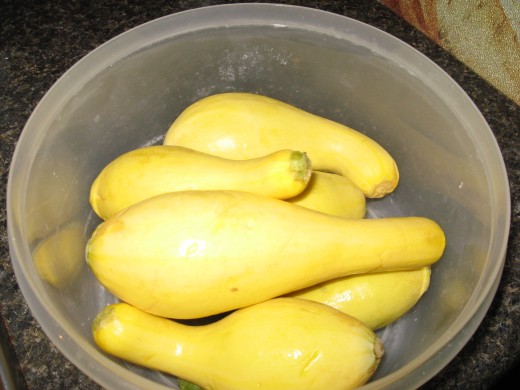
Our Lack of Genetic Diversity
I had a large vegetable garden for years, and I've also raised cattle, horses, pigs, goats, chickens, turkeys, ducks, and rabbits. Back when I was in "farming mode," I never gave much thought to genetic diversity with plants, although I did with livestock breeds. Now, I'm alarmed at the relatively small number of varieties of seeds and plants that we've come to depend on for global survival. The following table gives you a good idea about the diminishing genetic diversity among our major food sources. Much of this information came from the July 2011 edition of National Geographic.
Plants and Livestock
Food
| Once Available or Grown Commercially
| Available or Produced Commercially Today
|
|---|---|---|
sweet corn
| 307 varieties
| 12 varieties
|
potato
| 4,000 varieties
| 80 varieties
|
beet
| 288 varieties
| 17 varieties
|
lettuce
| 497 varieties
| 36 varieties
|
apple
| 7,000 varieties
| less than 100 varieties
|
cabbage
| 544 varieties
| 28 varieties
|
rice
| thousands of varieties
| 100 varieties
|
tomato
| 408 varieties
| 79 varieties
|
peas
| 408 varieties
| 25 varieties
|
chickens
| more than 100 breeds
| 10 major breeds
|
beef cattle
| 250 breeds
| 3 major breeds
|
dairy cattle
| 43 breeds
| 6 major breeds
|
pigs
| 600 breeds
| 8 major breeds
|




